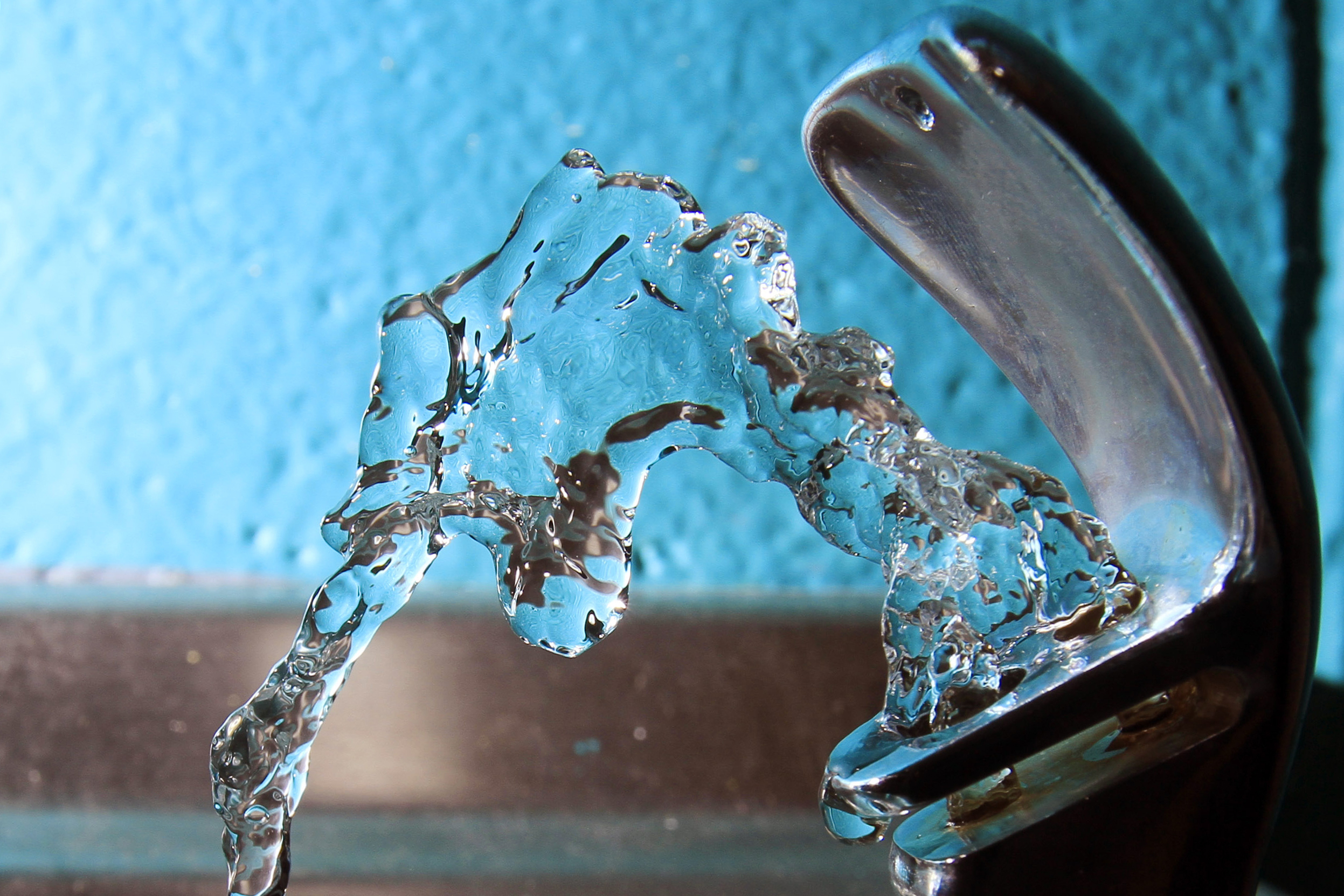On Wednesday, a U.S. government agency unveiled a report linking high fluoride levels in drinking water to diminished IQ in children. This comes from the National Toxicology Program, which falls under the Department of Health and Human Services. The Associated Press (AP) highlighted that the findings are based on research from countries like Canada, China, and Iran.
The report indicates that water containing more than 1.5 milligrams of fluoride per liter is correlated with lower IQs among children. Notably, this level exceeds the federal recommended maximum of 0.7 milligrams per liter, set in 2015. Interestingly, the World Health Organization (WHO) also recognizes 1.5 milligrams as a safe limit.

The Centers for Disease Control and Prevention (CDC) explains that fluoride helps to replenish minerals in teeth, enhancing their strength and reducing cavity risks. While the addition of low fluoride levels to drinking water has been hailed as a significant public health success, it hasn’t been without its critics.
Ashley Malin, a researcher from the University of Florida who has explored fluoride’s effects on pregnant women, emphasized that the report is vital for understanding the risks associated with excessive fluoride exposure. According to the report, about 0.6 percent of the U.S. population gets their water from systems with naturally high fluoride levels of at least 1.5 milligrams per liter. Malin stated, “These findings raise questions about how to protect these individuals.”
Meanwhile, the American Dental Association (ADA), a long-time advocate for water fluoridation, has been skeptical of studies tying fluoride to neurological impacts and is currently assessing the new findings.
Fluoride has been known for its dental benefits since the mid-20th century, with Grand Rapids, Michigan, being the pioneer for fluoridated tap water in 1945. The federal government backed fluoridation efforts in tooth decay prevention in the 1950s and maintained its support even after fluoride toothpaste became available. Today, drinking water is still the main fluoride exposure source for many Americans.
In a 2015 update, health officials reduced fluoride recommendations in drinking water to tackle fluorosis, a condition leading to tooth discoloration that had been on the rise among American children. Additionally, the Environmental Protection Agency (EPA) has set a limit of 4 milligrams per liter for fluoride in public water to prevent skeletal fluorosis, a serious condition affecting bone health.
